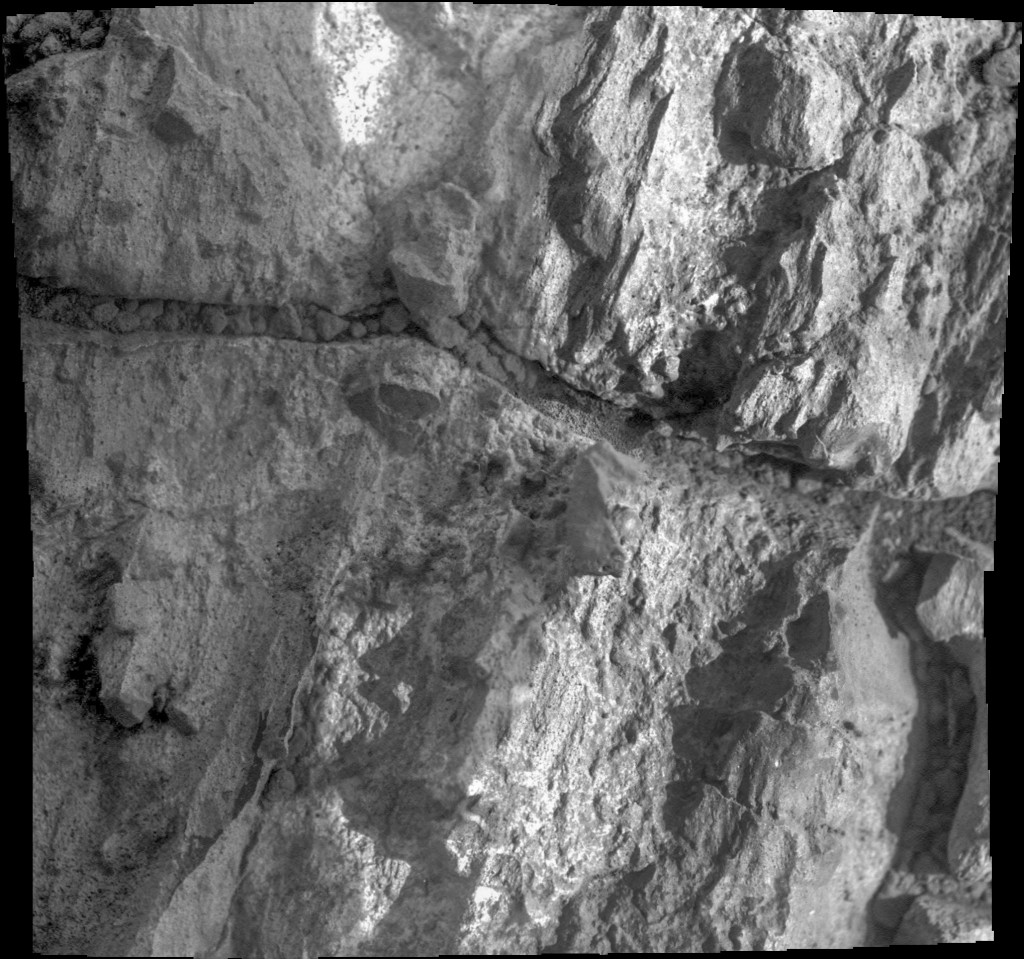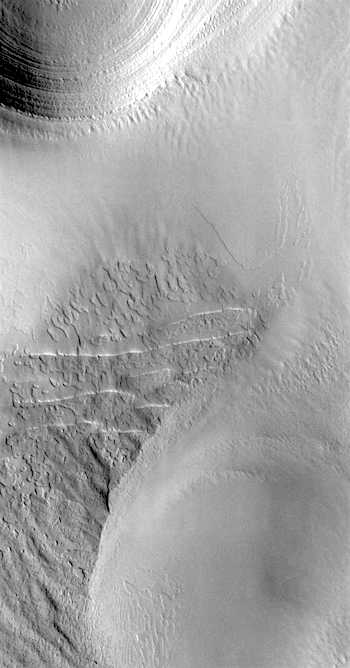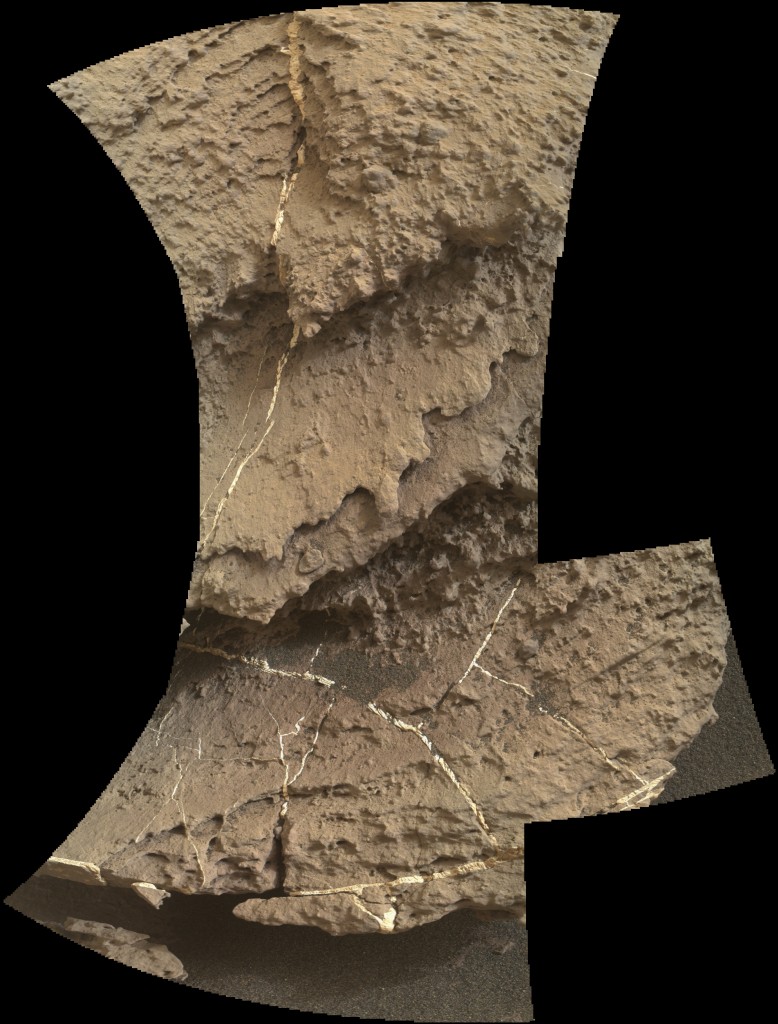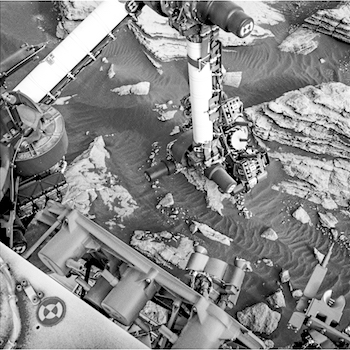 Planetary Geomorphology Image of the Month, September 29, 2016: Solmaz Adeli (DLR, Institute of Planetary Research, Berlin). The Amazonian period on Mars, meaning roughly the last 3 Ga, is globally believed to have been cold and hyperarid [e.g., Marchant and Head, 2007]. Recent geomorphological observations, however, have revealed the presence of well-preserved Amazonian-aged fluvial valleys in both the north and south mid-latitude regions of Mars [Howard and Moore, 2011; Hobley et al., 2014; Salese et al., 2016; Wilson et al., 2016].
Planetary Geomorphology Image of the Month, September 29, 2016: Solmaz Adeli (DLR, Institute of Planetary Research, Berlin). The Amazonian period on Mars, meaning roughly the last 3 Ga, is globally believed to have been cold and hyperarid [e.g., Marchant and Head, 2007]. Recent geomorphological observations, however, have revealed the presence of well-preserved Amazonian-aged fluvial valleys in both the north and south mid-latitude regions of Mars [Howard and Moore, 2011; Hobley et al., 2014; Salese et al., 2016; Wilson et al., 2016].
These features point to one or several climate change phase(s) during Amazonian which could have sustained liquid water at the martian surface. These climate changes could have been triggered by obliquity oscillations [Laskar et al., 2004] causing the transportation of ice from polar regions and its re-deposition at lower latitudes. Episodic melting events during Amazonian, subsequently, formed valleys and other fluvial features, in the mid-latitude regions. [More at link]

 Sol 4512, October 3, 2016. The Microscopic Imager takes a multi-frame composite (2 MB) of target Gasconade at Spirit Mound (right). Above, the front Hazcam captures the bigger picture. Click either image to enlarge it.
Sol 4512, October 3, 2016. The Microscopic Imager takes a multi-frame composite (2 MB) of target Gasconade at Spirit Mound (right). Above, the front Hazcam captures the bigger picture. Click either image to enlarge it.
















